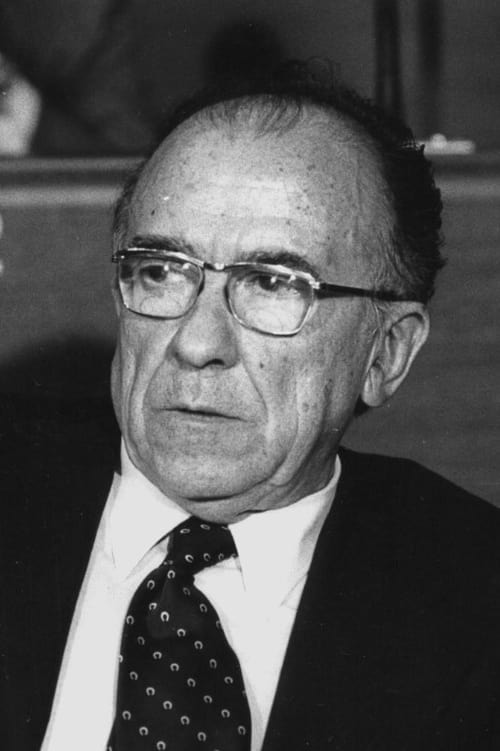Cast & Crew
5 members
Acting
Maruja Borrell
Herself
No Image
Acting
Concha Carretero
Herself
No Image
Acting
Santiago Carrillo
Himself

Acting
Maria del Carmen Cuesta
Herself
No Image
Acting
Nieves Torres
Herself
No Image
Herself
Herself
Himself

Herself
Herself